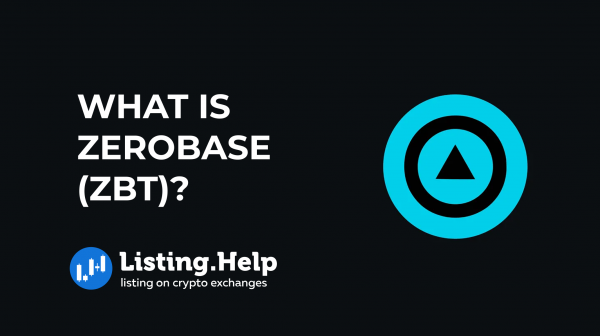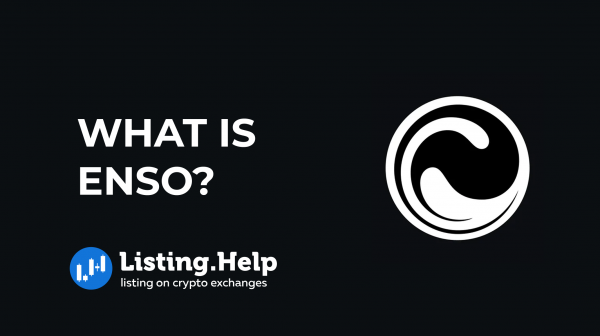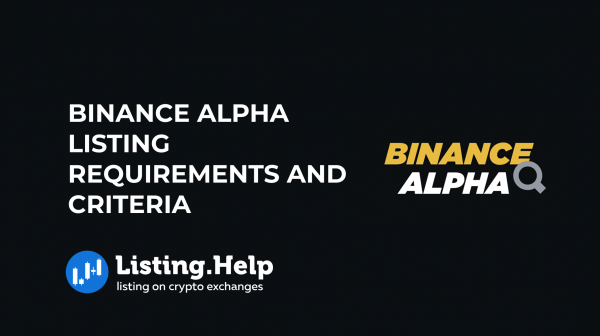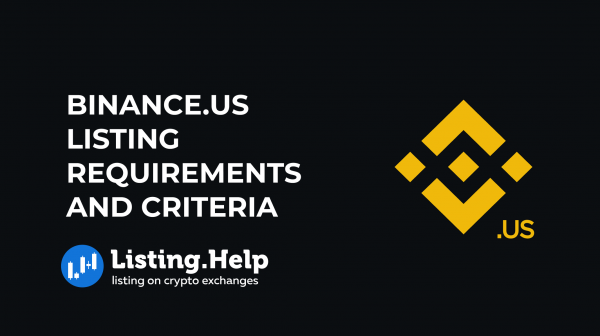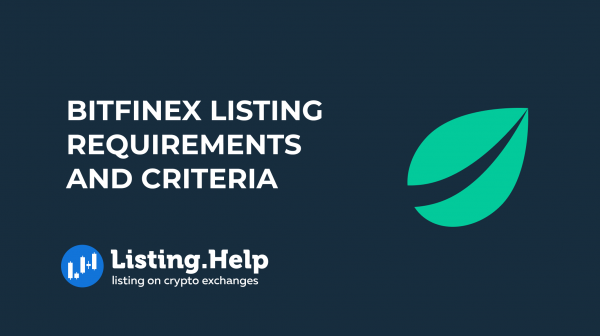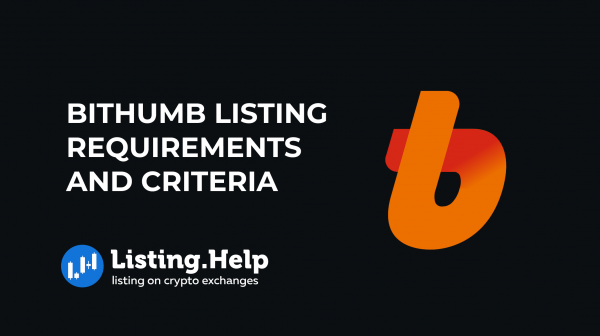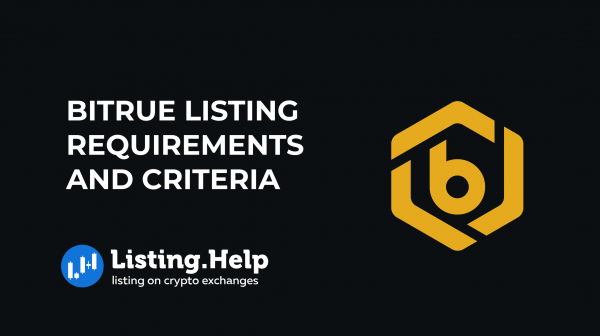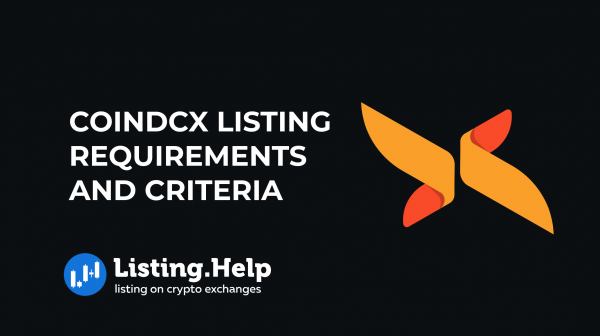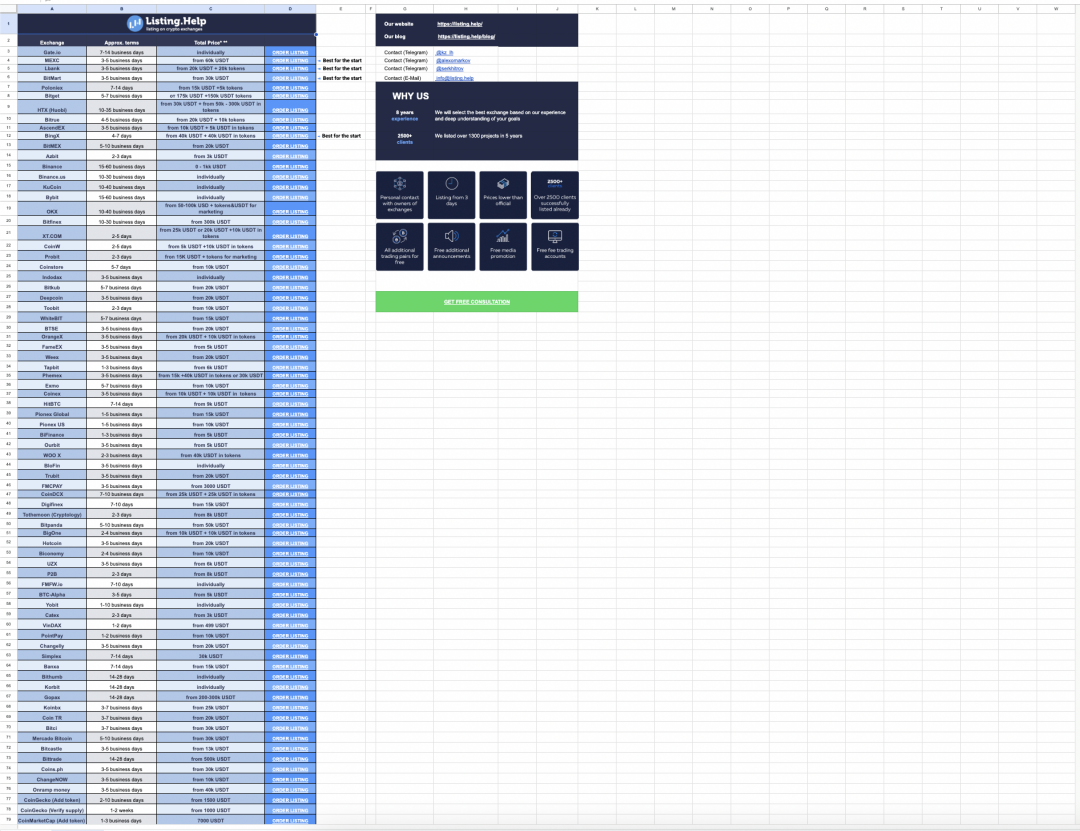Binance Alpha Listing Cost — How Much Does It Cost to Get Into Binance Alpha in 2025?
 October 19, 2025
October 19, 2025 Updated: October 20 2025, 09:59
Updated: October 20 2025, 09:59
LEAVE A REQUEST
Launching your own token project? Our experts are ready to help with listing on exchanges, market making, marketing and other solutions
SUBMIT APPLICATIONBinance Alpha is an internal, research‑driven entry point in the Binance listing pipeline. It is designed for early, high‑potential projects that may later progress to Innovation Zone and, eventually, to a full Binance listing. Alpha is not a public marketplace and does not sell listings, but it signals elevated due diligence and ecosystem support.
This guide clarifies the real 2025 costs behind preparing for Binance Alpha. You’ll also find a submission checklist, a process outline, and a comparison with Launchpad and Innovation Zone.
What Is the Binance Alpha Listing Cost in 2025?
There is no official fee for listing on Binance Alpha, as Binance does not sell listings. However, a marketing budget is required for activities like airdrops to Binance users. Recently, Binance Alpha has asked for 2-5% of the total token supply to fund this budget.
At the same moment, teams should plan a thorough readiness budget across four buckets: product & traction, security & compliance, liquidity & market infrastructure, and marketing.
Typical 2025 preparation ranges:
– Security & compliance: $10K–$30K for independent audits (protocol + token), KYC/KYB, legal opinions, and risk reviews.
– Product & traction: $0–$80K for testnet/mainnet ops, analytics, KPIs instrumentation, and partner integrations.
– Liquidity readiness: $25K–$120K for market making, liquidity reserves.
– Project packaging: $15K–$60K for brand, docs, website, proof data rooms, and announcement sequencing.
The biggest driver for acceptance is verifiable fundamentals: audited contracts, clear tokenomics, legal compliance, authentic usage metrics, defensible roadmap.
Key Factors That Influence Binance Alpha Acceptance and Timeline
Alpha prioritizes projects that demonstrate:
– Security posture: independent audits, remediation records, formal verification where applicable, incident history.
– Compliance readiness: clear token model, jurisdictional strategy, KYC/KYB for responsible persons, sanctions screening.
– Real traction: DAU/MAU, TVL/volumes, partner integrations, credible on‑chain KPIs and dashboards.
– Liquidity & market design: realistic pair strategy, depth targets, market‑abuse guardrails, circuit breakers.
– Data room discipline: single source of truth for docs, audits, contracts, token allocations, unlocks, and vesting.
– Communication quality: transparent, timely, and consistent disclosures across site, whitepaper, and socials.
Most importantly, Binance Alpha is looking for projects at the initial stage that are seeking their first major exchange listing and have not yet been listed on other trading platforms. If a project is already listed elsewhere, its chances of being listed on Binance Alpha are close to zero.
Binance Alpha, Launchpad, and Innovation Zone — What’s the Difference?
A high‑level comparison to help you plan your path inside the Binance ecosystem:
| Program | Official Fee | Primary Focus | Acceptance Signals |
| Binance Alpha | $0 | Early research & vetting for high‑potential tokens | Audits, legal/KYB, verifiable traction, robust tokenomics & governance |
| Launchpad | $0 | Token distribution via sale to Binance users | Strong compliance, product readiness, wide community demand |
| Innovation Zone | $0 | Listing of innovative but higher‑risk tokens | Security, disclosures, liquidity readiness, market safeguards |
Binance Alpha Requirements (2025 Checklist)
Pre‑submission checklist:
✅ Independent audits for protocol and token contracts; remediation completed and documented.
✅ Transparent tokenomics: supply, allocations, vesting, unlock schedules, and treasury policy.
✅ Entity structure and legal opinions aligned with target jurisdictions; responsible persons KYB/KYC.
✅ Security operations: multisig, timelocks, bug bounty, monitoring, incident response runbooks.
✅ Liquidity design: target pairs, depth & slippage goals, MM policies, market‑abuse prevention.
✅ Proof of traction: active users, partners, integrations, mainnet metrics, dashboards with raw data.
✅ Unified data room: contracts, audits, addresses, docs, contacts, and governance framework.
How to Get Considered for Binance Alpha — Step‑by‑Step
Operational sequence for Alpha consideration:
1) Stabilize the product and ship audits; verify code; document privileges and remove dangerous backdoors.
2) Prepare legal/KYB/KYC materials; align the token model and disclosures with applicable regulations.
3) Define liquidity strategy and risk guardrails;
4) Publish a public‑facing, consistent disclosure set (site, docs, dashboards, explorers).
5) Assemble a clean data room and submit through official Binance channels (Labs/Research/Listing) or through a verified partner like Listing.Help to ensure a higher quality and faster launch.
6) Respond quickly to clarifications; keep metrics current; maintain incident‑free operations.
Learn more about adding your token to Binance Alpha in our other article.
Timeline and Practical Tips
– Prep (3–6+ weeks): audits finalized, legal/KYB packaged, dashboards verified.
– Submission & diligence: depends on queue and depth of review; faster for projects with clean data rooms.
– Readiness for next steps: Innovation Zone or Spot when eligibility is satisfied.
Tip: treat your data room as a product — coherent, audited, and continuously updated.




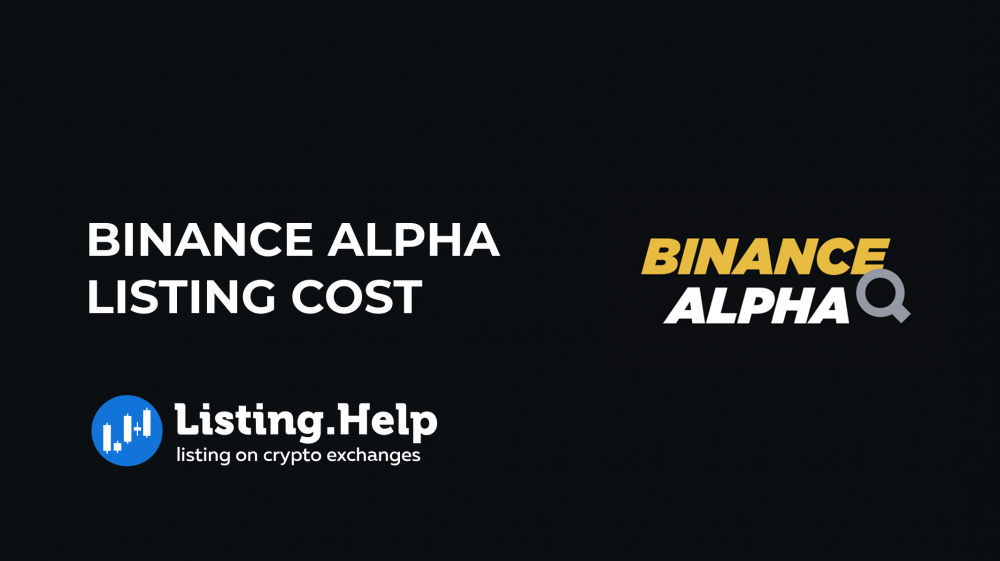


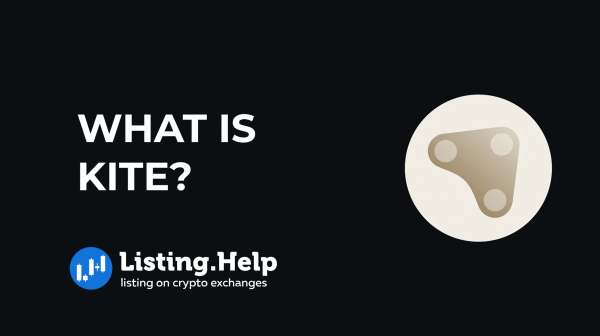
 December 3, 2025
December 3, 2025 